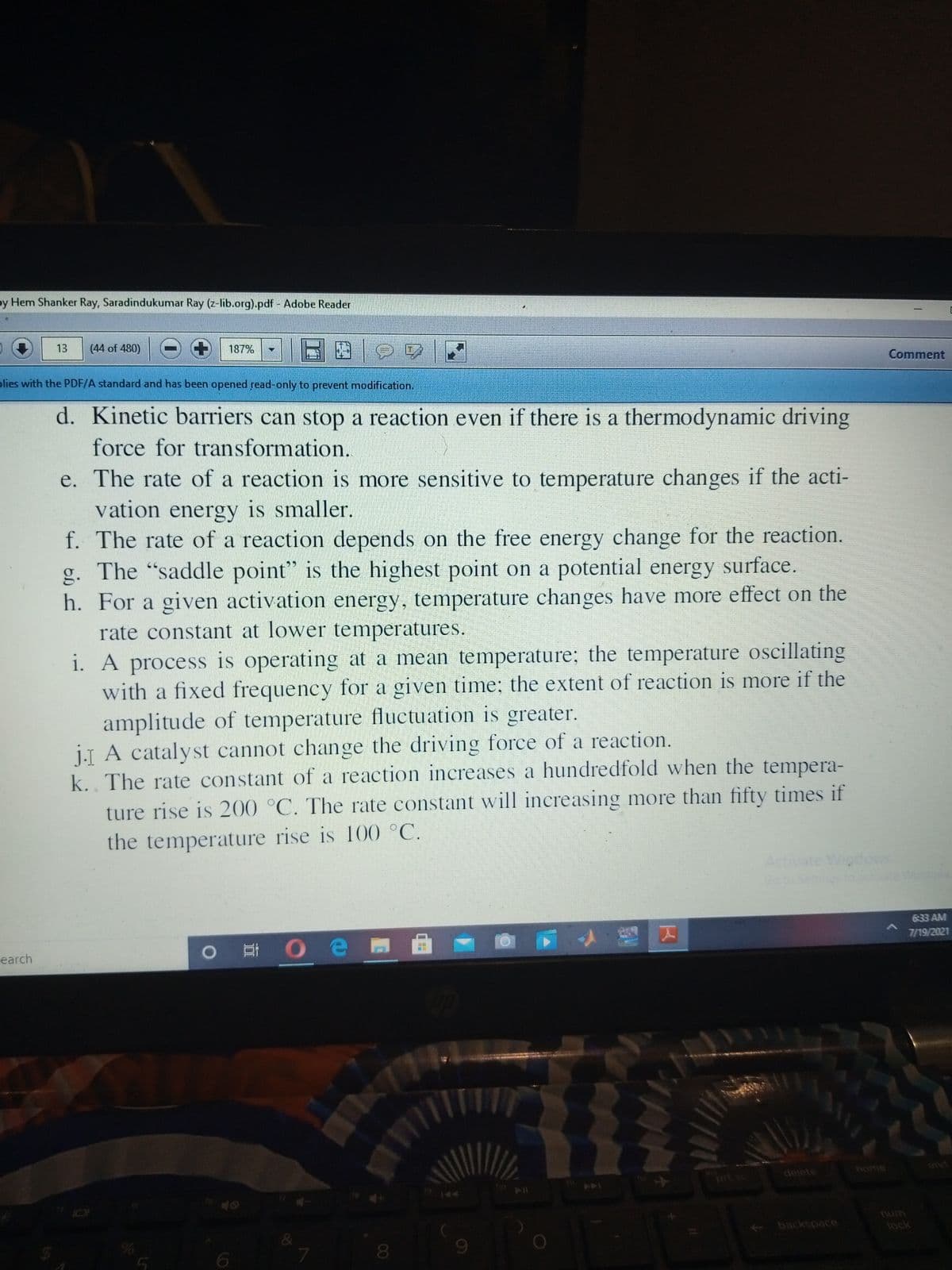d. Kinetic barriers can stop a reaction even if there is a thermodynamic driving force for transformation. e. The rate of a reaction is more sensitive to temperature changes if the acti- vation energy is smaller. f. The rate of a reaction depends on the free energy change for the reaction.
States of Matter
The substance that constitutes everything in the universe is known as matter. Matter comprises atoms which in turn are composed of electrons, protons, and neutrons. Different atoms combine together to give rise to molecules that act as a foundation for all kinds of substances. There are five states of matter based on their energies of attraction, namely solid, liquid, gases, plasma, and BEC (Bose-Einstein condensates).
Chemical Reactions and Equations
When a chemical species is transformed into another chemical species it is said to have undergone a chemical reaction. It consists of breaking existing bonds and forming new bonds by changing the position of electrons. These reactions are best explained using a chemical equation.
Discuss whether it true or false

Step by step
Solved in 4 steps with 3 images









